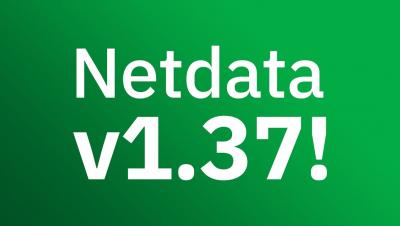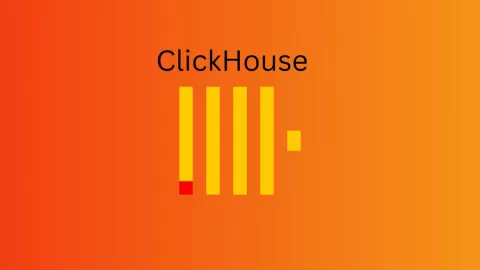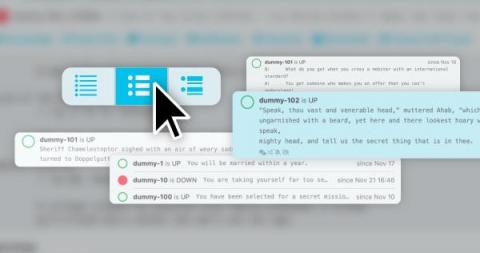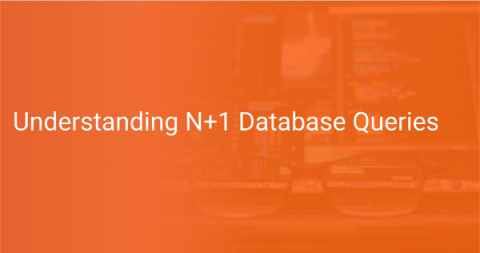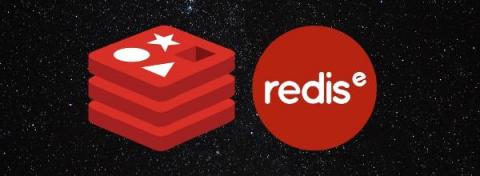Operations | Monitoring | ITSM | DevOps | Cloud
Databases
The latest News and Information on Databases and related technologies.
A Complete Guide to PostgreSQL Performance Tuning: Key Optimization Tips DBAs Should Know
PostgreSQL is an open-source relational database that is highly flexible and reliable and offers a varied set of features. Even though it is a complex database, it provides great integrity and performance. Also, you can deploy it on multiple platforms, including a light version for websites and smartphones. Because you can deploy Postgres in different ways, it comes out of the box with only some basic performance tuning based on the environment you’re deploying on.
SQL Server Monitoring: What metrics to track
SQL Server Monitoring has become an essential part of modern-day applications since a major chunk of these applications rely heavily on a database. It is therefore important to monitor your metrics and make the best out of your database services. SQL Server Monitoring offers plenty of metrics to choose from. We will be breaking down the five key categories that an SQL server provides for a comprehensive view of their functionality.
Using ClickHouse with MetricFire
In the analytics domain, fast and reliable storage is an important aspect for businesses to handle a large amount of data. There are different types of data storage including RDBMS, NoSQL, data lake, data warehouse, and graph database. Among these, the most widely used is RDBMS that powers various systems and applications of companies of all sizes. RDBMS is easy to use and straightforward to understand thanks to its table-based (or column-based) data format.
A Modern Guide to MySQL Performance Monitoring
According to results from the Stack Overflow Developer Survey 2022, nearly half (46%) of respondents say they use MySQL, making it the most widely-adopted database technology among developers today. This popularity is due in no small part to MySQL’s unique features that help it handily meet the needs of modern applications, from small software projects to business-critical systems.
Less is more ... or more is more? Decide for yourself with Icinga DB Web list view modes
With Icinga DB Web you can now customise Icinga Web’s list views to your needs. While in one scenario you might be more interested to see as many objects as possible at a glance, in another scenario detail attributes of only a few objects will be more important to you. Yet, in the first case, you would even be distracted by more detailed information.
Understanding N+1 Database Queries
N+1 queries are the most common problems among developers. N+1 database query problems occur when you have to call the database for N items, and those N items have again N additional data fields which are not in the same table, and those extra N data fields are required for the use case. Generally, this issue is handled at the time of database designing, but every problem cannot be solved efficiently by one solution, some need to be solved by brute force.
Redis: Open Source vs. Enterprise
Are you curious about the difference between open-source Redis and Redis enterprise? Of course, Redis Enterprise is a hosted service that runs Redis db on behalf of its customers, while open-source Redis is available for anyone to use. However, there's also a key difference between open source and enterprise in how the clusters are implemented. In order to understand the difference, we need to know what Redis Clusters are.
Cassandra monitoring
InfluxDB is 5x Faster vs. MongoDB for Time Series Workloads
At InfluxData, one of the common questions we regularly get asked by developers and architects alike the last few months is, “How does InfluxDB compare to MongoDB for time series workloads?” This question might be prompted for a few reasons. First, if they’re starting a brand new project and doing the due diligence of evaluating a few solutions head-to-head, it can be helpful in creating their comparison grid.


